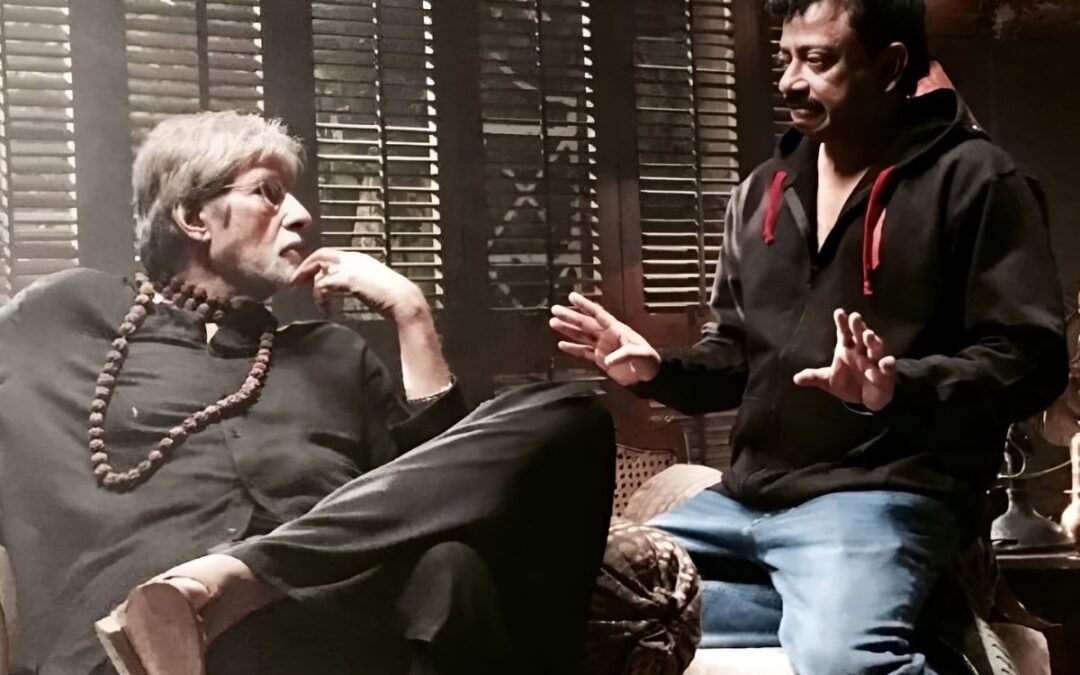Summary– With his daring storytelling, Ram Gopal Varma transformed Indian cinema with films like Siva, Satya, Rangeela, and Company that combined psychological horror, gritty realism, and lively romance. A new generation of filmmakers was inspired to take chances and reimagine cinematic narratives by his daring style, which transformed mainstream filmmaking.
In the history of Indian cinema, some filmmakers have left a deep impression in the form of Ram Gopal Varma. Bold, practical and unaware of the controversy, Verma has continuously challenged the Bollywood story of the mainstream. Be it through stark depictions of the underworld, imposing horror narratives, or colourful music romances, he brought a new cinematic language to Indian films. His unique ability — gracefully enmeshing realism with entertainment — was where he differed. For decades, this filmmaker gave the audience films that entertain but also define storytelling on the big screen. Here he has a look at the seven most influential works, which again shaped the course of Indian cinema.
7. Rakht Charitra (2010)
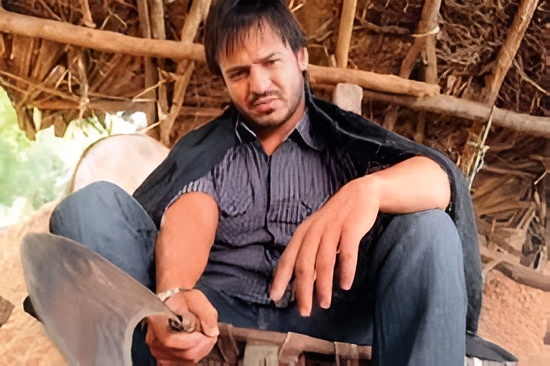
With time, Verma explored various genres. However, he returned to what he knew best in “Rakht Charitra”: gritty death on film—the raw kind of stuff. He looked at real people’s lives, sometimes showing the more violent political side of them. Based on the life of Perita Ravindra, a controversial political leader from Andhra Pradesh, the film was a cruel, ineffective take on revenge, power and ambition. Starring Vivek Oberoi and Suria, the film was divided into two parts, each highlighting the various stages of the rise and decline of the hero. The intensity of the story and violent Kalpana instigated the debate but also demonstrated Verma’s fearless approach to filmmaking. “Rakhat Charitra” was not for the unconscious heart, but it reconfirmed the position of Ram Gopal Varma as one of the most courageous storytellers in India.
6. Bhoot (2003)
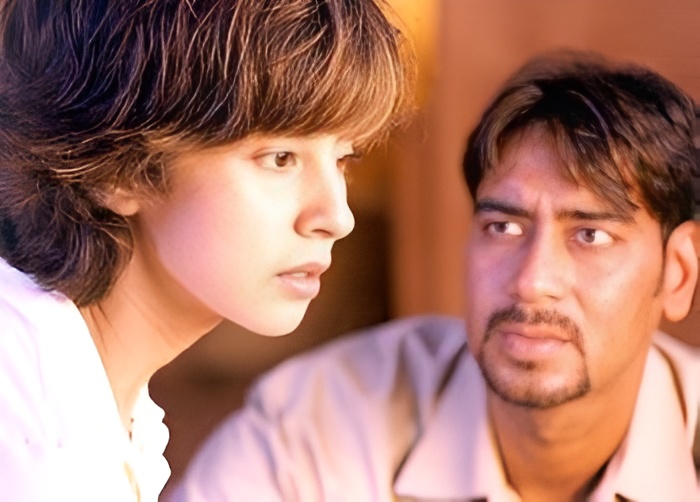
While Indian horror films were often associated with cliché, supernatural trops and melodrama, Verma broke the mould with “ghost”. The film told the story of a couple going to a haunted apartment, and rather than relying on a loud sound effect or over-the-top ghosts, it created its terror through atmosphere, silence and psychological stress. Urmila Matondkar performed a persecution, as the woman was with a soul, while Ajay Devgan played her helpless husband. The film was praised for its minimalism and innovative outlook, which stood as one of the scariest Indian horror films of her time. Through “Bhoot,” Verma proved that he could innovate in styles, strengthening his versatility.
Also Read: 7 TV Reunions That Proved Nostalgia Can Still Be Epic
5. Sarkar (2005)
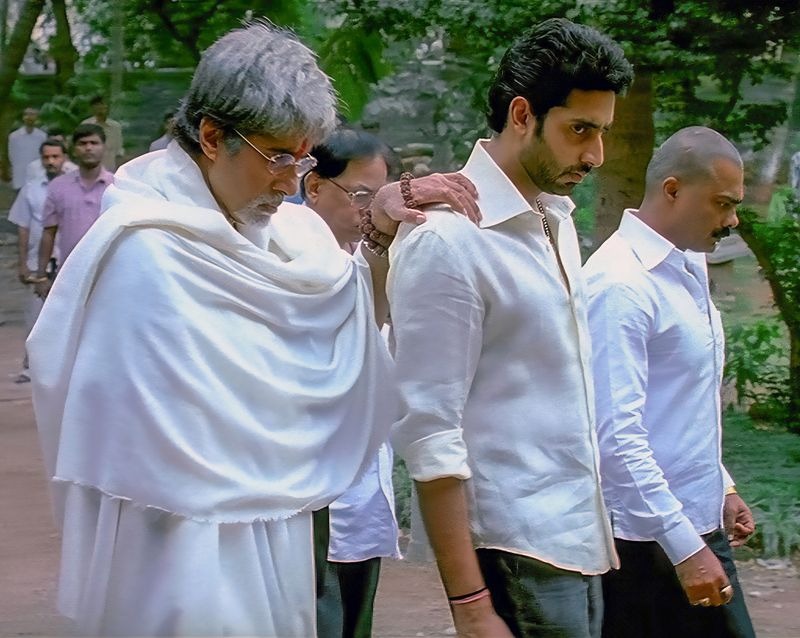
Verma got his “government” established, and the populace began associating it with The Godfather; however, Verma gave an evidently Indian tone to the whole narrative. The film had behind it a fairly strong political element with ties to crime and concepts of family loyalty, while Amitabh portrayed Subhash Nagre as a hugely powerful leader with a strong ethical set of values. Amitabh, with his supremely imposing stature, stood tall with Abhishek Bachchan’s intense portrayal of his son. While Ram Gopal Varma kept the “government” politically intense, he instilled a strong emotional core within. The sequel was born out of the success of the film that proved that the story goes deep into the hearts of the people. Ram Gopal Varma once more ventured to translate a global cinematic concept into something very Indian.
4. Company (2002)
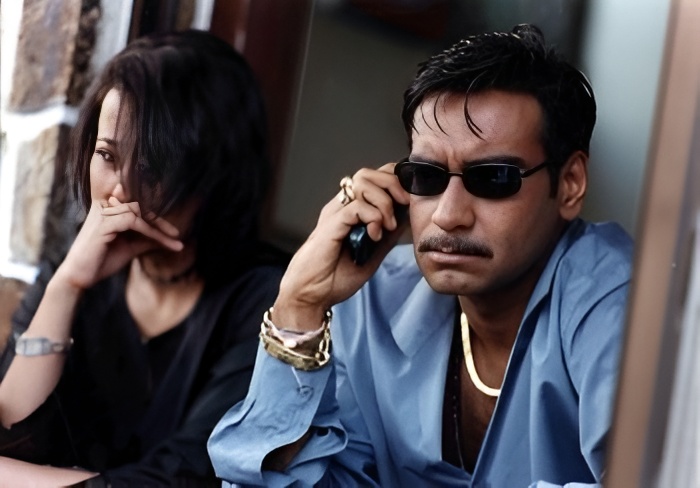
This movie was another milestone in the search for Verma’s crime and power. Based on the real -life dynamics of the underworld in Mumbai, the film depicted the rise and fall of a criminal empire. Ajay Devgan, as cold and calculative Malik, and Vivek Oberoi, as ambitious Chandu, gave memorable performances. The strength of the film lies in its restrained story—there were no exaggerated heroes, only a very real illustration of organized crime. The “company” also attracted the attention of international critics who compared it to Hollywood crime plays. The film highlighted Ram Gopal Varma’s ability to take Indian crime cinema to a global standard, including realism with cinematic talent.
3. Rangeela (1995)
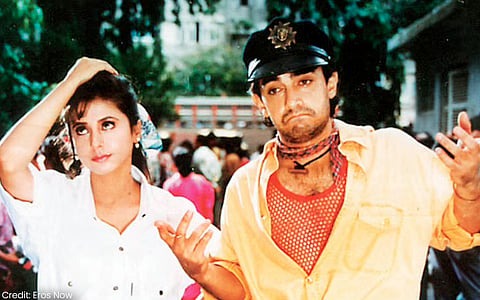
Ram Gopal Varma might be famous for his crime thrillers, but he also had a knack for romance and glamour, which really shone through in ‘Rangeela.’ The movie starred Aamir Khan, Urmila Matondkar, and Jackie Shroff in a vibrant love triangle that was packed with energy, colour, and passion. AR Rahman’s music gave the film a timeless soundtrack, while Verma’s stylish direction surprised it visually. “Rangeela” was set separately, the way it mixed with a modern, young story of the mainstream Bollywood attractions. This was a fresh change from the 1990s formula-powered romance and proved that Ram Gopal Varma could seriously switch between gritty realism and published entertainment.
2. Satya (1998)
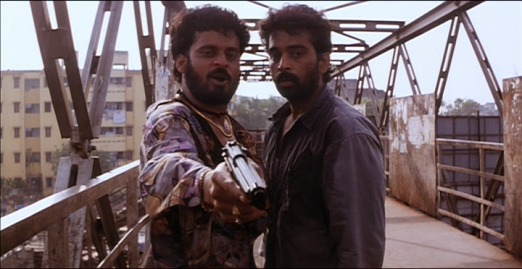
If there’s a single film that utterly places Verma among the best storytellers, then it’s “Satya.” This 1998 gangster film altered the trend of directing crime films in India. In contrast to the conventional glamorized portrayal of the underworld, “Satya” provided a gritty and realistic portrayal of fighting to live on Mumbai streets. The characters were authentic, the violence was objectionable, and the dialogue was gritty and did sound real. Manoj Bajpayee’s acting as Bhiku Mahatre is being discussed as one of the finest in Indian cinema. The film’s success gave rise to a generation of filmmakers, which came to be referred to as the “Mumbai Noor” movement. With “Satya,” Ram Gopal Varma not only entertained but also changed a lot of gangster film style in India.
Also Read: 7 Must-Watch Revenge K-Dramas on Netflix You Can’t Miss
1. Shiva (1990)
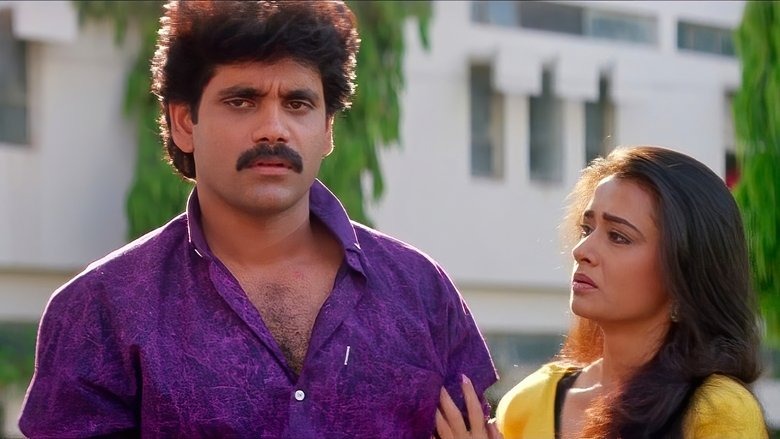
The movie that presented Ram Gopal Varma to the cinema world and made him a director to watch instantly was the movie named Shiva. The film is created against the backdrop of college politics, and the main character is an anti-corruption and crime exploitation student on the campus. The sheer intensity of Nagarjuna in the role, which Verma gave, coupled with his flouted direction, was not common in Indian Hollywood, as it was then. It is not only associated with the audience in Andhra Pradesh but also reached a national audience through its Hindi remake. “Siva” indicated the arrival of a filmmaker to highlight the dark underbelly of the society, keeping the audience completely busy.
Wrapping Up
Ram Gopal Varma has certainly left a lasting impression on Indian cinema. Whether it’s the spine-tingling suspense of “Ghost,” the gritty realism of “Truth,” or the range-frenzy of “Rangeela,” the movies only mirror a director ready to take chances. He’s certainly pushed the next generation of Indian filmmakers to take greater risks with their own stories and styles. Even if his subsequent films received mixed reactions, his early work is a cultural site. Love or criticism, no one can deny that Ram Gopal Varma changed the scenario of Indian filmmaking forever.
Written by Nidhi Singh


